Why is the speed of light constant?

 The whole universe is limited by the speed of light. But why is the speed of light constant? In this article, we explain the reasons through simple geometry and Dimensionless Science, which decodes the nature of light from the perspective of the 4th Dimension.
The whole universe is limited by the speed of light. But why is the speed of light constant? In this article, we explain the reasons through simple geometry and Dimensionless Science, which decodes the nature of light from the perspective of the 4th Dimension.
Overview
The speed of light was originally considered to be infinite. However, when James Maxwell discovered the electromagnetic spectrum, it started to become apparent that this was not the case. Light seem to traverse the vacuum at a specific rate. The speed of light was subsequently formulated in Einstein's famous 1901 papers, where he first postulated that mass and energy are proportional to the speed of light. This led to his famous equation e=mc², which changed the foundations of physics. The consequence is that causality is limited by the speed of light, which in turn led to the modern concept of relativity. Yet, very few people are aware of the reasons as to why the speed of light is limited. The solution to this is found in the nature of the vacuum itself. Often termed 'free space', the vacuum is in fact found to exhibit a magnetic and electrical resistance (impedance) to the propagation of a light wave. In this post we will provide a geometric model that explains the nature of this phenomenon, in a simple-to-understand geometric way, that opens the door for a deeper understanding of the 4th dimensional universe.KEy Points
- The speed of light is limited, which maintains the rate of causality (time frames).
- Electro and magnetic resistence in the vaccum as the reasons why light is limited
- This concept is most easiliy expressed in terms of geometry and the tenants of dimensionless Science
Dimensionless Science
If you are not familiar with the concept of Dimensionless Science you can review the geometric constants here. Review THEConcept
What is a photon?
The photon is often considered to be a massless particle of light. However, a more accurate description is a 'wave packet'. These are called electromagnetic waves, as it consists of two elements. This gives rise to the two types of physical phenomena, electricity, and magnetism. Quantum physics generally considers light as existing in a dual state, both particle and wave. This leads to the idea that the observer collapses the wave into a particle, expressed in the double slit experiment. However, those who study light from the perspective of electromagnetism generally consider light as just a wave. This lends itself to two quite different views concerning the foundational construction of the universe.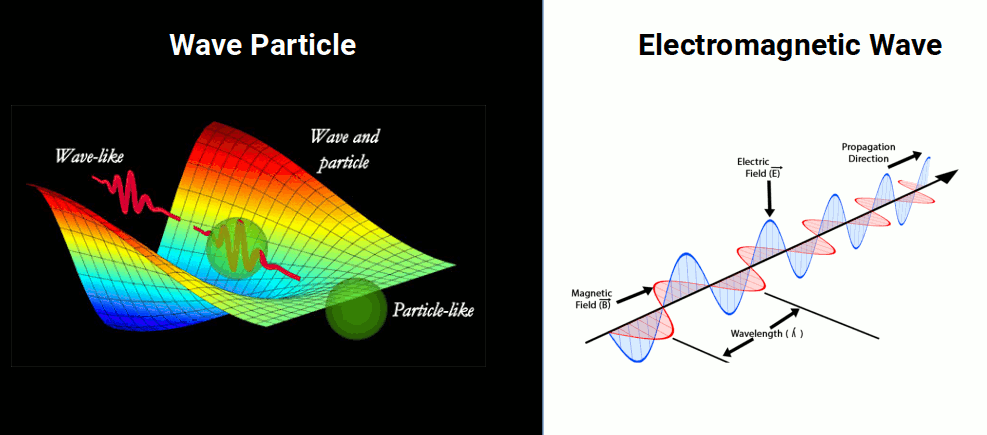 In both cases the wavelike nature of light is acknowledged. Yet the reasons as to why light is limited are often overlooked. In this article we will explain the reasons for the speed of light being constant, and in doing so reveal a slightly different picture of the universe than is current believed.
In both cases the wavelike nature of light is acknowledged. Yet the reasons as to why light is limited are often overlooked. In this article we will explain the reasons for the speed of light being constant, and in doing so reveal a slightly different picture of the universe than is current believed.
What is resistance?
Resistance is a very simple concept as it is directly experienced by everyone. When we compare walking through the air with swimming in the sea, we find the water has a greater resistance, making all of our movements require more energy. Movement underwater is far slower than that on dry land. The same can be said of the speed of light. It is the Electromagnetic Resistance (impedance) in the Vacuum of Space that slows light down, causing the maximum rate at which one experience can be matched moment after moment. This is the foundations of Einstein's Theory of Relativity. This means that the Vacuum of Space is not empty. Whilst devoid of atoms, there is still a tremendous amount of energy. A light wave must overcome the resistance created by this energetic background in order to propagate through space. If it fails to overcome the electro magnetic resistance of the vacuum, then it will fail to manifest, sinking beneath the waves, like a ship sinks into the ocean.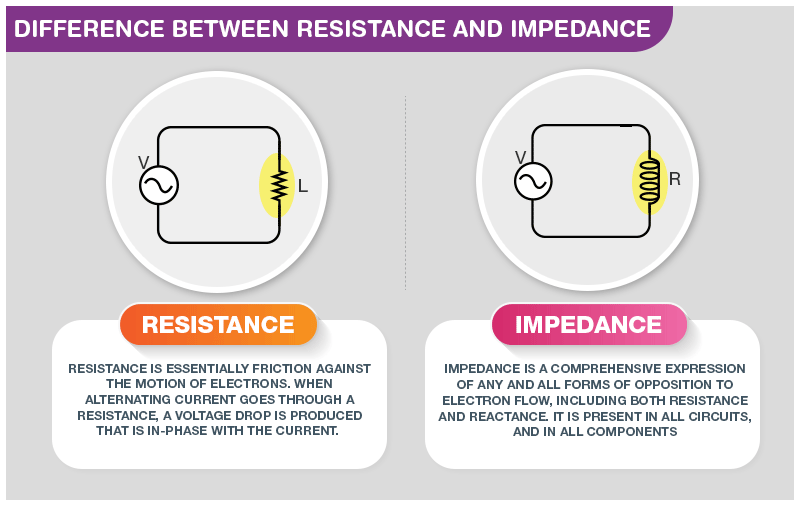 Note: the resistance of free space is often refereed to a impedance which has a slightly different nature. Resistance is used in both DC and AC circuit, whereas impedance is only used in AC circuits.
Note: the resistance of free space is often refereed to a impedance which has a slightly different nature. Resistance is used in both DC and AC circuit, whereas impedance is only used in AC circuits.
Energy in the Vacuum
The fact that empty space contains a vast amount of energy is a clearly accepted fact in science. Yet its nature has eluded investigation. Within one cubic cementer of empty space is enough energy to power the whole human race for 100 years. Now, that is a lot of energy, especially when you consider the size of the universe. Often termed zero point energy, science has tried numerous methods to try and tap this energy source, however, as yet, they have been unable to do so. The elusive nature of this energy was at the centre of scientific investigation after the discovery of electromagnetic waves. Termed the Aether, the Michelson Morley experiment failed to predict the Aether wind. Subsequently, Einstein's theory of a photon wave packet superseded the search, as a photon particle can travel through the vacuum. However, this never really answered the question, “From where does the electromagnetic resistance emerge?”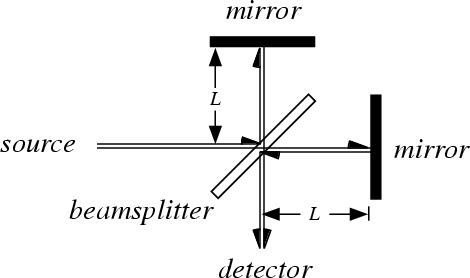 It is interesting to note that as our capacity to measure improved to capture the more subtle nuances of the universe, in 1964, A. G. Doroshkevich and Igor Novikov discovered the Cosmic Microwave Background (CMB), an energy that permeates the whole universe. Much later, at the cutting edge of quantum physics, the theory of Quantum Foam built from virtual particle pairs came into fruition. Yet still the actual origin of these observations remains at large a mystery.
It is interesting to note that as our capacity to measure improved to capture the more subtle nuances of the universe, in 1964, A. G. Doroshkevich and Igor Novikov discovered the Cosmic Microwave Background (CMB), an energy that permeates the whole universe. Much later, at the cutting edge of quantum physics, the theory of Quantum Foam built from virtual particle pairs came into fruition. Yet still the actual origin of these observations remains at large a mystery.
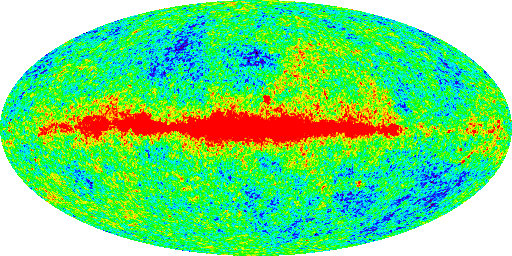
The cosmic Background Radiation Map
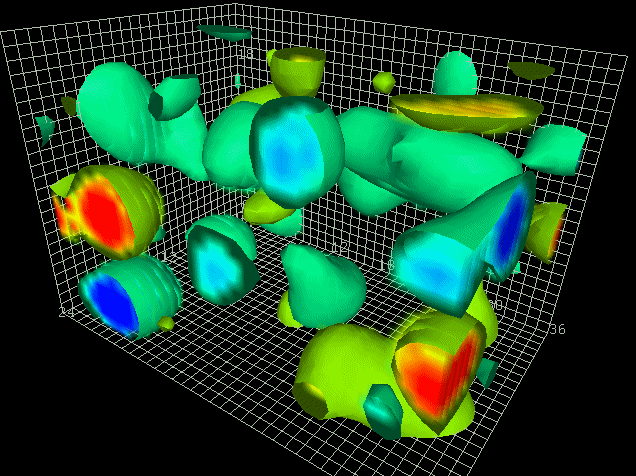
Quantum Foam
Three Key Scientific Constants
The Speed of light is known as a universal scientific constant. It has been given the exact value of 299,792,458 meters per second. Constants are represented in science by a symbol. The speed of light for example has been ascribed the letter c. This constant is derived from the nature of two other constants. The first is the electro-resistance constant denoted by the Greek letter ε0 (epsilon), with the zero representing the free space of the vacuum. The second is the magnetic-resistance constant denoted by the Greek letter υ0 (upsilon), again with the zero representing the vacuum. Each of these constants has been ascribed an exact value: c = 299792458 Meters/Second ε0= 8.854187817x10-12 Farads/Meter μ0= 1.256637061x10-6 Henries/Meter Seen like this, these numbers may appear to be completely unrelated. Yet instead we find that they all unify into the number 1.Light and the Impedance of the Vacuum.
The square of the speed of light is found by multiplying the reciprocal values of ε0 and υ0. Therefore, if we find the square root of the equation we get the speed of light.c² = energy (e)
c = Speed of light
Notice that the notion of c² is also found in Einstein’s equation e=mc². If mass is equal to 1 then e=c². Therefore, we can say that the reciprocal values of ε0 and υ0, when multiplied together, produces the value for energy (e), if the mass is equal to 1. But why should the square of the speed of light translate mass units into energy? We will explore this shortly, however first let’s arrange the equation, and make some deeper observations of these mathematical facts.The Light Cycle
Mathematics has a tenancy to express equations in a linear form. Whereby the calculation produces a result. In Geometric and 4D maths, we often use different kinds of expression to explore the relationship between constants. In the case of the relationship of light to the resistance of empty space, we can express the equation in a circle.
Cycle of Light
Beginning with the number 1, we divide by the electric resistance constant ε0. Subsequently we divide by the speed of light c. Then we divided by the magnetic constant υ0. And finally divide by the speed of light again. The result is the number 1. We have gone full circle. This means we can continue to repeat the iteration, on into infinity. Notice that c appears twice in the cycle, which when squared becomes the value for energy (e).The Dimensionless Science Constants
Up to the turn of this century, it was customary in electromagnetism to express the speed of light as a whole number, 300,000,000 m per second. The Magnetic constant υ0 was given the value of 4π x10-6. This gives the Electric Constant ε0 a value of 36π x10-12. These numbers are employed by the system of Dimensionless Science. This makes understanding the equations a much easier task, especially when we remove all the surplus zeros. For example, in dimensionless science the circle of light can be expressed by the following geometric concepts.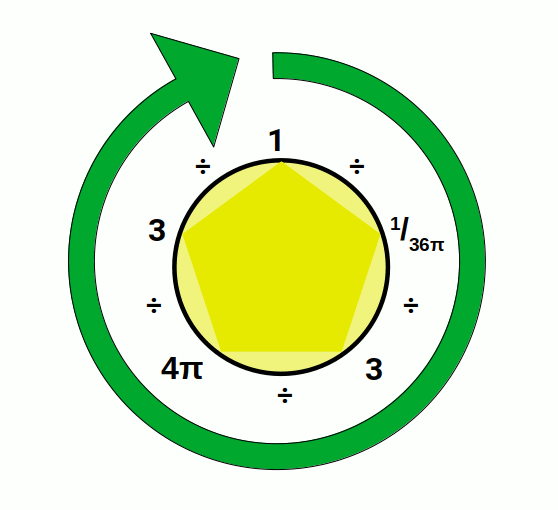
Cycle of Light with Dimensionless Science Values
We can simplify this further by removing the number one from the start of the equation, so that it reads.36π ÷ 3 ÷ 4π ÷ 3 = 1
In this way we begin to appreciate this fundamental relationship between light and the background energy of the vacuum from a geometric perspective. Next we will explore the laws of geometry that will make greater sense of this relationship.Geometric Equations
For anyone who has an interest in geometry, the number π will be quite familiar. This mathematical constant defines the ratio between the circle's circumference and its diameter. If the diameter changes, so does the circle's circumference. The nature of π still remains valid at all scales. Whilst most people have heard of the equation πr² which defines the surface of the circle, fewer people are aware of the equation that generates the surface of a 3D sphere. This is call the ‘Area’ of the sphere, and is found by the equation 4πr². The difference between the two is the number 4.R² x π = Surface of a Circle
R² x 4π = Area of a Sphere
Geometric Model of Light
What we can see is that the magnetic resistance constant υ0 has a Dimensionless Science value of 4π. This is exactly the same value as the surface of a sphere with a radius of 1. We can therefore express the value of υ0 as 1² x 4π, the area of a sphere radius 1. From this step, we can apply the same logic to the Electrical resistance constant ε0, which has a value of 1/36π. If we find its reciprocal value, this simply becomes 36π. This is the area of a sphere with a radius of 3, (3² x 4π = 36π). We can now superimpose the two spheres to produce a model that geometrically expressed these constants, where the difference between the radii is the speed of light c. The Red sphere represents the magnetic resistance, whilst the blue the reciprocal value of electrical resistance. We therefore get the simple equation, 36π / 4π = 9 which is the value for energy (e) or or the square of the speed of light, c². Therefore, energy is the difference between the area of the two spheres.
The Red sphere represents the magnetic resistance, whilst the blue the reciprocal value of electrical resistance. We therefore get the simple equation, 36π / 4π = 9 which is the value for energy (e) or or the square of the speed of light, c². Therefore, energy is the difference between the area of the two spheres.
The 4D perspective
We can project a 4D torus onto a 2D plain simply by drawing 2 circles. The first has a radius of 1 representing the magnetic constant υ0, and the second has the radius of 3 representing the reciprocal of the Electric Constant ε0. Notice that the two circles are in proportion to the speed of light. As the light wave forms it must have enough energy to complete the magnetic sphere υ0. When it does so the light wave emanates as a sphere in all directions, until it reaches the size of the second sphere, as which point it finishes its cycle. As the surface expands, the ‘density’ of the energy of the electrical resistance constant ε0 becomes dispersed more thinly across the surface, until the bubble ‘bursts’.
Notice that the two circles are in proportion to the speed of light. As the light wave forms it must have enough energy to complete the magnetic sphere υ0. When it does so the light wave emanates as a sphere in all directions, until it reaches the size of the second sphere, as which point it finishes its cycle. As the surface expands, the ‘density’ of the energy of the electrical resistance constant ε0 becomes dispersed more thinly across the surface, until the bubble ‘bursts’.
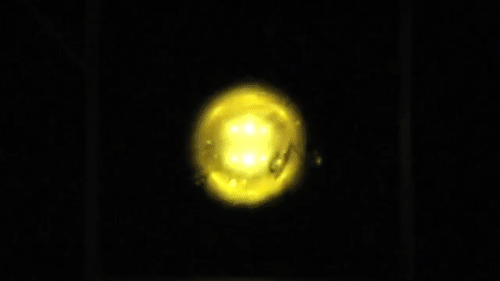 This is analogous to the theory of quantum foam. However, the 4th Dimensional view sees this nature of light from a slightly different perspective. In 4D, the Sphere is not expanding, it is rotating in 4D space. The sphere at the centre that represents the magnetic space rotates through a 4D space, passing back through the 3D plain at a larger scale, the electric space. The two spheres are in constant motion, swapping between the states. From this view, we can see that electromagnetism is a single phenomenon, only differentiated by the scale of the two spheres that make up the 4D torus.
This is analogous to the theory of quantum foam. However, the 4th Dimensional view sees this nature of light from a slightly different perspective. In 4D, the Sphere is not expanding, it is rotating in 4D space. The sphere at the centre that represents the magnetic space rotates through a 4D space, passing back through the 3D plain at a larger scale, the electric space. The two spheres are in constant motion, swapping between the states. From this view, we can see that electromagnetism is a single phenomenon, only differentiated by the scale of the two spheres that make up the 4D torus.
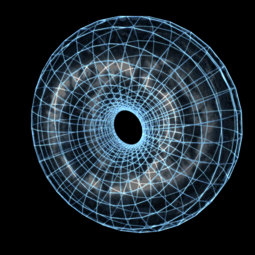 If you observe the centre of the torus, you may notice that it shifts in orientation, from the 'hole' at the centre facing towards the viewport, which rotates 90° to measure across the viewport. Similarly, electro magnetic waves exhibit a dual nature, also off-set by 90°.
If you observe the centre of the torus, you may notice that it shifts in orientation, from the 'hole' at the centre facing towards the viewport, which rotates 90° to measure across the viewport. Similarly, electro magnetic waves exhibit a dual nature, also off-set by 90°.
Light, Quantisation and, the Flower of Life
The quantisation of light can be visualised as the expansion of an inner sphere to an outer sphere whose radius is in a ratio of 1:3. Amazingly, this is incredibly easy to define using a simple drawing compass. The Flower of Life is a product of forming a tapestry of circles, which produces a hexagonal nesting of 7 circles. With a central circle denoted with a radius of 1, the outer circle has a radius of 3. This is the exact ratio between the magnetic and electric resistance depicted in the 4D example. The Flower of life has often been termed the blueprint of creation, yet its association to the fundamental scientific constants c, ε0 and υ0 has never been expressed. Yet we find it is the perfect fit to express the 4th dimensional view of light, when considered as a 4D Torus field.
THE
With a central circle denoted with a radius of 1, the outer circle has a radius of 3. This is the exact ratio between the magnetic and electric resistance depicted in the 4D example. The Flower of life has often been termed the blueprint of creation, yet its association to the fundamental scientific constants c, ε0 and υ0 has never been expressed. Yet we find it is the perfect fit to express the 4th dimensional view of light, when considered as a 4D Torus field.
THE
Conclusion
Why is the Speed of light Constant?
The speed of light is limited by the electromagnetic resistance of the vacuum. This can be represented as the surface of an expanding sphere, that as it reaches 3 times its radius completes a 4D cycle.
How does this impact the nature of the speed of light?
Often light is perceived as a travelling as a particle, as it was the only solution provided at the time that made sense. However, the 4th dimensional view expresses light in terms of the torus. This makes sense of the electromagnetic impedance of the vacuum, as a function of the rotation of a 4D space or field. In this veiw light is not travelling through space, rather it is projected through 4D space, which is limited by the relative sizes of two spheres, which form a 4D sphere. Through this veiw we can easiliy reconcile the limitation of the speed of light, and the entwined nature of electromagnetism in a simple to understand model.
Carry On Learning
This article is part of our new theory. browse more interesting post from the list below

YOUR QUESTIONS ANSWERED
Got a Question? Then leave a comment below.
Question?
If the speed of light is about 300 million meters per second, then how big is the torus field you mentioned.ANSWER?
The second is quite a long time frame when it comes to the atomic fabric. The technical radius for υ0 is scaled to 0.0000001 which is around 1000 nano meters, and the reciprocal of the electrical resistance constant will be three times that. As light travels at around 300 million meters per second, the time frames will be 3 femtoseconds for υ0 and 9 femtosecond for ε0. The femtosecond is the measurement range used for the visible light spectrum.
Comments
Post a Comment